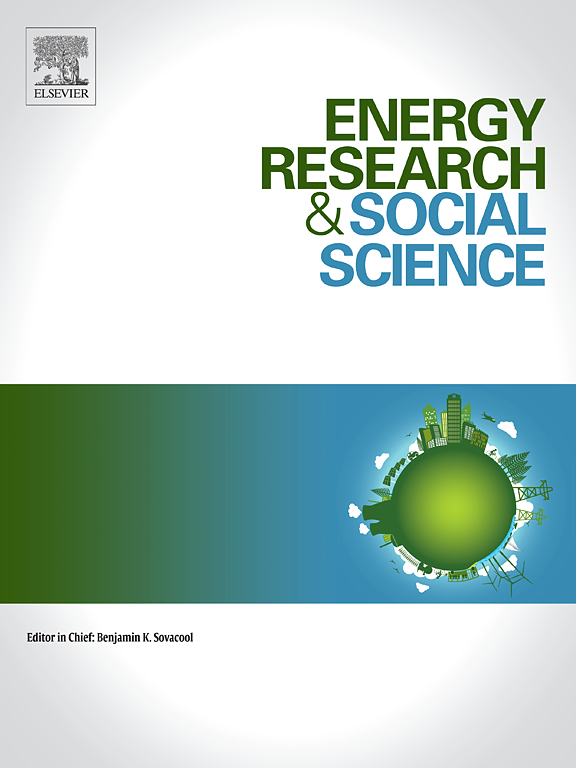Which electric vehicle users are flexible and price responsive? Uncovering user types in Denmark
IF 7.4
2区 经济学
Q1 ENVIRONMENTAL STUDIES
引用次数: 0
Abstract
Electric vehicle (EV) adoption is accelerating rapidly in Denmark, with EVs accounting for 18% of all passenger cars as of mid-2025. Smart charging technology availability and rising electricity prices have increased user awareness toward EV charging cost minimization. This study provides insight into EV charging behavior and flexibility from a survey of 500 Danish residential users with scheduled charging capabilities. Three distinct user types are identified, using latent class analysis, each with varying levels of price responsiveness, categorized us: proactive, active and inactive. It is shown that there are varying levels of price responsiveness among users, while the majority of EV users regularly check prices and are willing to postpone charging for a day or more, indicating a large flexibility potential. These insights can enable more targeted smart charging strategies that can enhance user engagement, and ultimately increase flexibility of charging demand.
哪些电动汽车用户灵活且对价格敏感?揭示丹麦的用户类型
电动汽车(EV)在丹麦的普及速度正在迅速加快,到2025年中期,电动汽车将占所有乘用车的18%。智能充电技术的可用性和不断上涨的电价提高了用户对电动汽车充电成本最小化的认识。这项研究通过对500名丹麦住宅用户的定期充电能力调查,深入了解了电动汽车充电行为和灵活性。使用潜在类别分析,识别出三种不同的用户类型,每种类型都具有不同的价格响应水平,将我们分类为:主动,活跃和不活跃。研究表明,用户对价格的反应程度各不相同,而大多数电动汽车用户会定期查看价格,并愿意推迟一天或更长时间充电,这表明了很大的灵活性潜力。这些见解可以实现更有针对性的智能充电策略,从而提高用户参与度,并最终提高充电需求的灵活性。
本文章由计算机程序翻译,如有差异,请以英文原文为准。
求助全文
约1分钟内获得全文
求助全文
来源期刊

Energy Research & Social Science
ENVIRONMENTAL STUDIES-
CiteScore
14.00
自引率
16.40%
发文量
441
审稿时长
55 days
期刊介绍:
Energy Research & Social Science (ERSS) is a peer-reviewed international journal that publishes original research and review articles examining the relationship between energy systems and society. ERSS covers a range of topics revolving around the intersection of energy technologies, fuels, and resources on one side and social processes and influences - including communities of energy users, people affected by energy production, social institutions, customs, traditions, behaviors, and policies - on the other. Put another way, ERSS investigates the social system surrounding energy technology and hardware. ERSS is relevant for energy practitioners, researchers interested in the social aspects of energy production or use, and policymakers.
Energy Research & Social Science (ERSS) provides an interdisciplinary forum to discuss how social and technical issues related to energy production and consumption interact. Energy production, distribution, and consumption all have both technical and human components, and the latter involves the human causes and consequences of energy-related activities and processes as well as social structures that shape how people interact with energy systems. Energy analysis, therefore, needs to look beyond the dimensions of technology and economics to include these social and human elements.
 求助内容:
求助内容: 应助结果提醒方式:
应助结果提醒方式:


